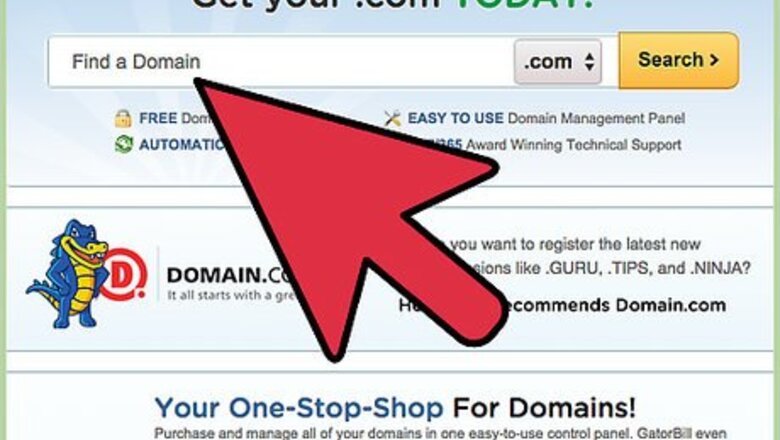
views
You probably know that the content of your website is its most important aspect, but it's also very important that its intended audience are able to find it, and that visitors to your site can quickly locate the information they are seeking. It's also a good idea to check that it's thoroughly optimised to attract new visitors and track their activities.
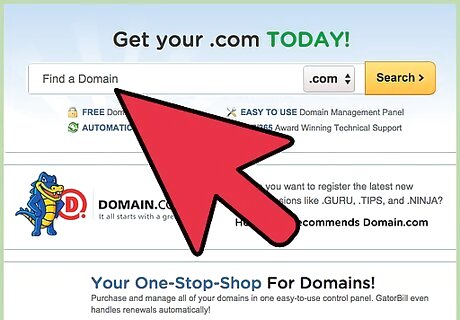
Select and register a domain name. Choose a domain name that is brief, easy to remember, and suited to the content of your website. Some common top-level domains include .com, .edu, .org, and .net, which stand for commercial, education, organization, and network respectively. Try to match the top-level domain to your website's purpose. However, some top-level domains have no real restrictions (such as org and com), so if the name you want is taken under one domain, it may be available in another.
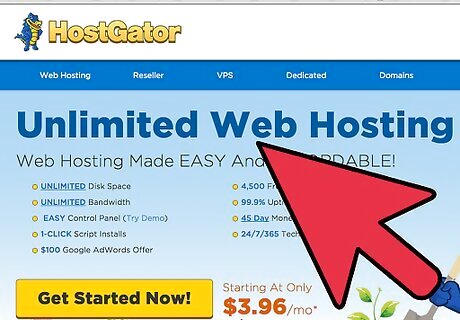
Find, choose and purchase web hosting. Obtain a host and secure the bandwidth necessary to keep your website running smoothly, given the expected traffic. Bandwidth is the amount of data transfer you are allowed within a given time period. You may need to buy more bandwidth as your website grows or else your visitors may experience lag, which could drive them away from your website. Many hosts also provide software to aid you in building your website.
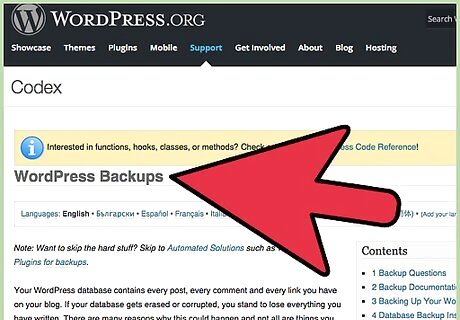
Make a backup copy of your website files. One is kept solely on your hard drive where only you can see it and use it for editing, while the other is used by your web host and its content is viewable by anyone with access to the Internet.
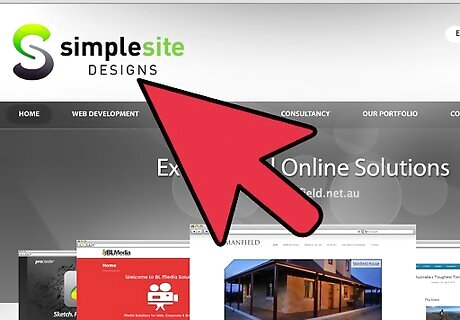
Strive to make your website easy to navigate. If a person cannot find what they are looking for on your website within 30 seconds, there is a good chance they will leave and never return. Organizing your website into specific sections and then providing links to those sections at the top of each page is an effective and simple way to make your website easy to navigate.
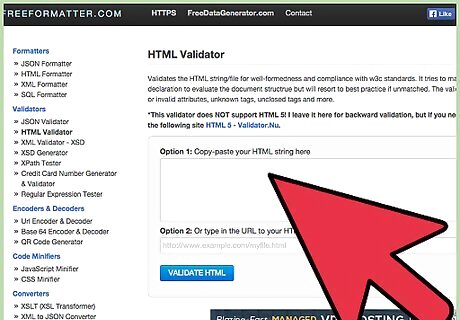
Validate your code. Validate your HTML, CSS, XHTML, JavaScript, and XML codes to ensure that your website has clean code and function as intended for visitors. There are several programs available online that validate each type of code.
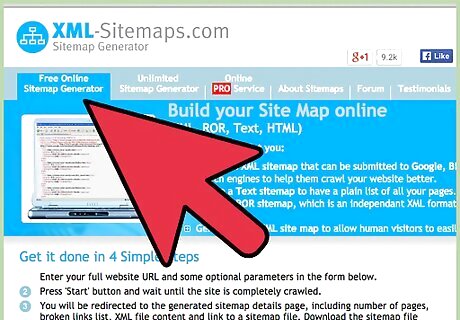
Implement a site map. Site maps aid search engines in accurately indexing your website. A site map is a collection of the various URLs comprising your website. By creating a site map, you allow search bots to find and display the essential pages of your website.
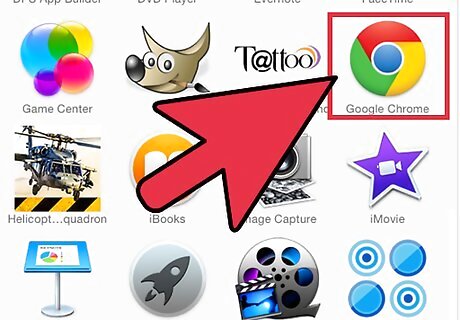
Test your website in a variety of web browsers. You should thoroughly test your website to confirm that your design and page structure are displayed as intended. Specifically, view your website with the most popular browsers, including Chrome, Firefox, Internet Explorer, Opera, and Safari, as those browsers are used by the majority of people who are browsing the Internet.
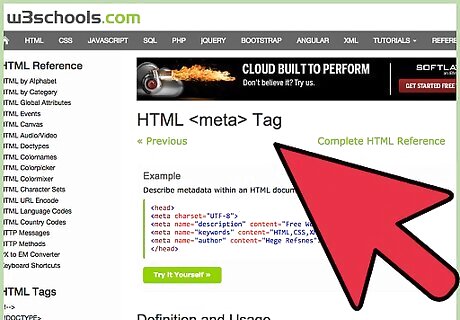
Ensure that you're using SEO-friendly code. Utilise both Meta and ALT tags to ensure that your website not only appears in user searches but that pertinent keywords from the content of your website are displayed. Doing so will more likely pique searchers' interests and will facilitate more visits to your website. ALT tags are merely a written description to go along with the pictures on your website, and so they are necessary to tell search engines and searchers what kind of pictures you have on your website.

Install website analytics to keep track of your website's success and current status. The statistics you'll be able to monitor include the number of visits your website receives, the amount of time visitors stay, the average number of page views for each visitor, and many other useful statistics. Making use of such software will enable you to make adjustments to the website to increase its effectiveness.
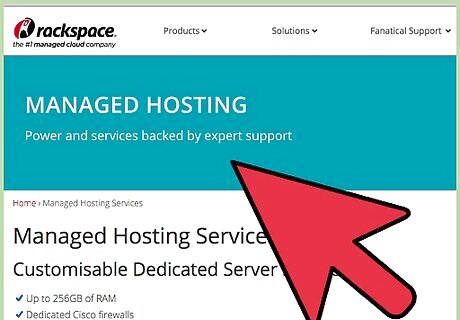
Transfer your website's files to your web host. The copy of your website on your computer is called the local version, and the copy on the web host is called the production version. Now your website's launch will be complete.


















Comments
0 comment